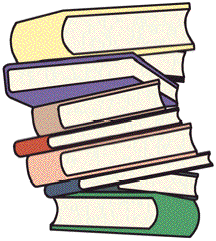 There are limitations of using printed pages (e.g., brochures, flyers, print advertisements) that do not exist (practically) with web pages.
There are limitations of using printed pages (e.g., brochures, flyers, print advertisements) that do not exist (practically) with web pages.By Gail J Berg ©2009
 There are limitations of using printed pages (e.g., brochures, flyers, print advertisements) that do not exist (practically) with web pages.
There are limitations of using printed pages (e.g., brochures, flyers, print advertisements) that do not exist (practically) with web pages.
Most printed pages are 8.5 by 11 inches, and can fit about 60 lines of text, perhaps 600 words (depending on the font size).
In contrast, one web page can contain thousands of lines of text and hundreds of images.
But functionally, one may want to split such a large, single page up into multiple pages for a number of reasons. First, some folks have a slower internet connection (e.g., dial up compared to high bandwidth). Second, sometimes things are best to be divided for thematic or topical reasons. Third, if you include advertising, such as Google’s Adsense, having more pages, means more impressions and perhaps more income.
Printed pages, such as a book, may have a manual reference to other information (e.g., table of contents, index, footnotes, and citations). Web pages have hyperlinks that allow for “one click” referral to other information, or “roll over” to provide a pop- up of information. (Many applications, including some browsers allow you to position the “cursor” over an item and a small informational description of a button or menu item may “pop- up” to describe what it is. For instance, putting the cursor over a question mark in the menu bar may introduce you to the help or query function of this application.)
So how one presents and groups information on a web site may be totally different from any way you’ve put it together in the past.
![]() Back up to Library
Back up to Library
![]() Return to the Model Horse Gallery Home Page
Return to the Model Horse Gallery Home Page
This page maintained by the Model Horse Gallery Curator ©1996-2020